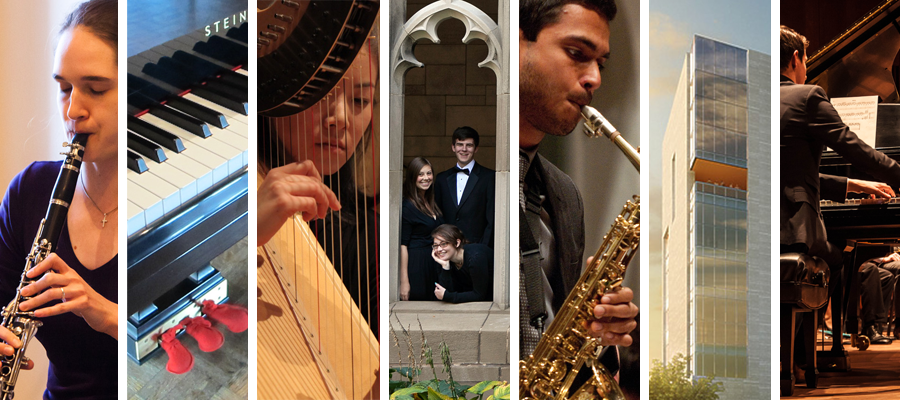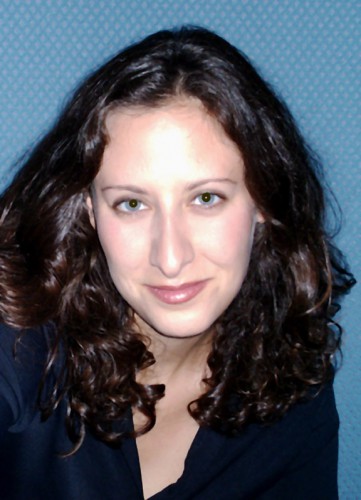I understand that last year you lead the University Chorus in a concert that included black South African choral works. I also understand that you have created a DVD to aid educators in working with this genre of music. But your interest in this medium extends beyond pedagogy, exploring its link to the struggle against HIV/AIDS. What lead you to be drawn specifically to black South African choral music? Can you speak to your experience working with young singers in this genre and its social impacts?
I am endlessly fascinated by how different cultures use choral music to create social and political change. Black South Africans have used choral music to assert their cultural identity in the face of oppression in so many ways throughout history. Not only did it play a tremendous role during the anti-apartheid struggle, but now they are adapting these same songs (as well as creating new ones) to combat HIV/AIDS. But beyond its social and political power, black South African music is beautiful, powerful and complex. It is a four-part harmony tradition, which appeals to the classical choral musician. It is a syncretic form– and it is fascinating to examine which of its elements are derived from Western hymnody brought over by the missionaries, and which elements remain purely African. I love singing in South African languages, with their beautiful click sounds. I love the dance movements, where your body is moving in one meter while you’re singing in another…. I love using this music to teach young people about the history, politics, languages and cultures of another people. I love empowering young people to feel like they, too, can create change by joining their voices together in harmony.
In speaking about the purpose behind your DVD, “Vela Vela,” you have said that “[t]oo often, arrangers and publishers make ‘multicultural music’ accessible by simplifying complicated rhythms, leaving out movement, loosely approximating pronunciation, and omitting explanations of the song’s history and purpose. This does a great injustice to other cultures….” Your journey in making this DVD may be too long to explain here, but could you tell me a bit more about your creative process and the DVD’s importance, as you see it, in today’s Western musical choral world?
Just as we spend tons of time and energy debating whether it is more authentic to perform a Bach cantata with one-on-a-part or three-on-a-part (or with a whole choir), I think we need to spend the same amount of effort to learn to perform music from other cultures authentically. When I was growing up, I had negative experiences learning music from oral traditions that had been transcribed and published. I came away from the music without having developed any interest in the culture, or any real respect for their traditions, when, had I learned it correctly, I might have devoted a significant portion of my life (and my savings) to studying it. Today, we can use modern technology to help facilitate the learning of music from other cultures. On my DVD, you can click a button and watch a South African choir perform a song. If you want to learn it, you can click “soprano,” and one of the sopranos will sing you the soprano part. You can learn all the voice-parts, the dance movements, the translation, the song’s historical and social context, and listen to the South African singers talk about what the song means to them. I want to help people who can’t afford to travel around the world to learn music from other cultures more authentically so that we can create more informed, powerful performances, showing respect for other cultures across the world.
Interview by Julia Tobiska, Performance Program Assistant

